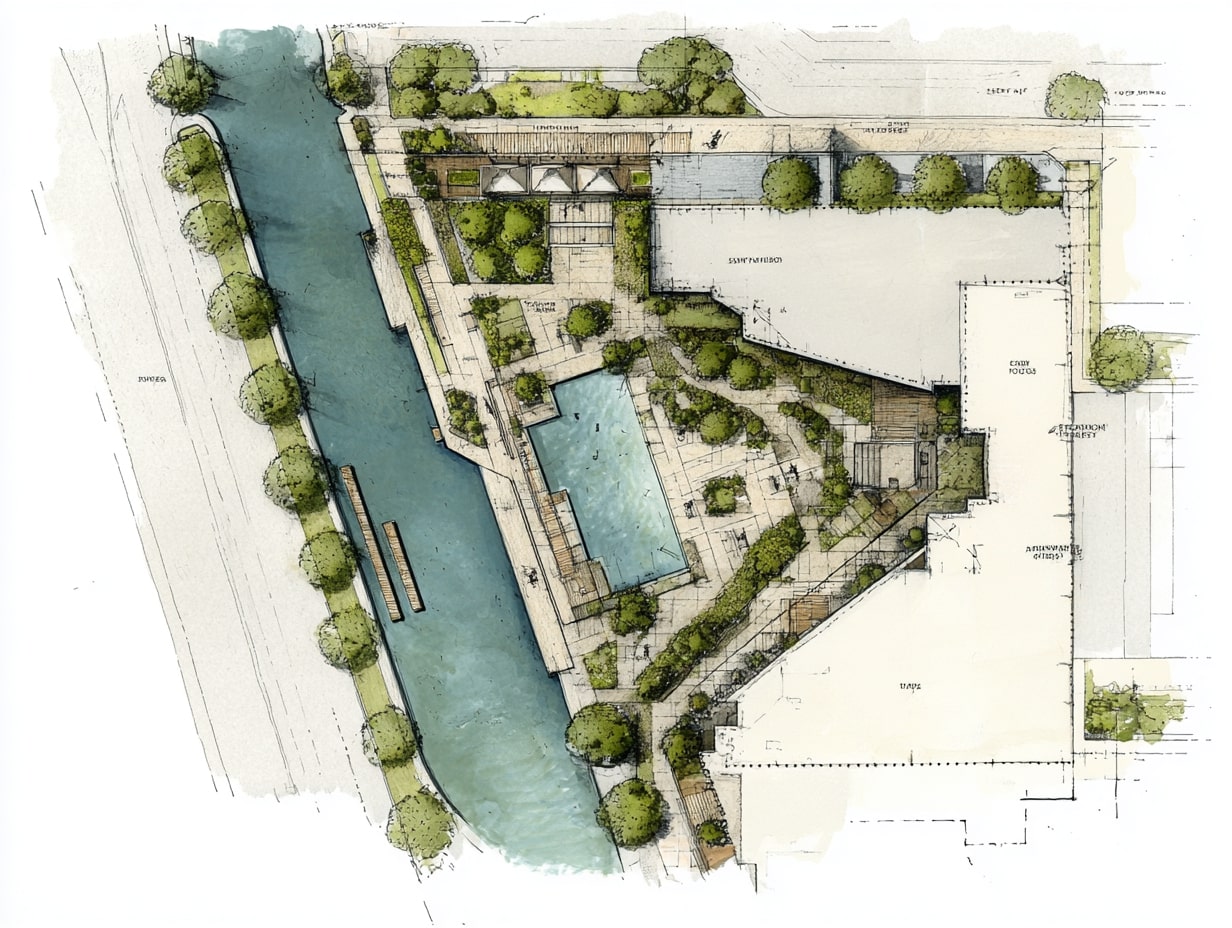- Home
- Articles
- Architectural Portfolio
- Architectral Presentation
- Inspirational Stories
- Architecture News
- Visualization
- BIM Industry
- Facade Design
- Parametric Design
- Career
- Landscape Architecture
- Construction
- Artificial Intelligence
- Sketching
- Design Softwares
- Diagrams
- Writing
- Architectural Tips
- Sustainability
- Courses
- Concept
- Technology
- History & Heritage
- Future of Architecture
- Guides & How-To
- Art & Culture
- Projects
- Interior Design
- Competitions
- Jobs
- Store
- Tools
- More
- Home
- Articles
- Architectural Portfolio
- Architectral Presentation
- Inspirational Stories
- Architecture News
- Visualization
- BIM Industry
- Facade Design
- Parametric Design
- Career
- Landscape Architecture
- Construction
- Artificial Intelligence
- Sketching
- Design Softwares
- Diagrams
- Writing
- Architectural Tips
- Sustainability
- Courses
- Concept
- Technology
- History & Heritage
- Future of Architecture
- Guides & How-To
- Art & Culture
- Projects
- Interior Design
- Competitions
- Jobs
- Store
- Tools
- More

Building Information Modeling is the foundation of digital transformation in architecture, engineering, and construction industry.
BIM has evolved greatly over the years and is currently the construction industry’s present embodiment of digital innovation. It is a smart 3D model-based procedure that typically necessitates a BIM execution plan for owners, architects, engineers who come from different disciplines, architects and construction professionals to more efficiently plan, design, construct, and manage buildings and infrastructure.
Everything from connected to information on materials, structures, and other technical factors is included in the BIM technique. More agents and information have been added to the process as BIM deployment has progressed.

BIM encompasses a wide range of data, including geographic information, work geometry, material supplies, and so on, and spans the project’s whole production process, including building maintenance. The BIM platforms automatically update changes made in any component of the project, which is a significant benefit of the approach. These updates affect all levels and sections, ensuring that no information is inconsistent or outdated.

Autodesk is the BIM industry’s partner in realizing new ways of working and better outcomes for business and the built world as the leader in BIM. Architects and engineers mostly develop BIM Projects by Autodesk software.
Do you know that? According to data from Autodesk, 60% of BIM-using architects say BIM is used on more than half of their projects, with 89% predicted by 2024.


- 3D Modeling in Architecture
- architectural design BIM
- architecture design technology
- BIM Architects
- BIM architecture benefits
- BIM architecture services
- BIM construction process
- BIM Engineers
- BIM for architects
- BIM implementation
- BIM in Architecture
- BIM in construction
- BIM Modelling
- BIM project management
- BIM software
- BIM technology in construction
- BIM tools for architects
- BIM vs CAD
- BIM workflow
- Building information management
- Building Information Modeling
- integrating BIM in architecture
Submit your architectural projects
Follow these steps for submission your project. Submission FormLatest Posts
General Arrangement Drawings in Architecture: The Backbone of Clear Design Communication
General Arrangement Drawings explained: what they are, when to use them, how...
The Ultimate Guide to Fencing in North Dakota: Choosing the Best Fence for Your Property
Watching a chain link fence twist in 70 mph winds near Minot...
Gaudí: Where Architecture Meets Science
Gaudí: Where Architecture Meets Science shows catenary arches, ruled surfaces, and biomimicry...
How Housing Market Forces Shape Architectural Design Today
Architecture never exists in isolation. Buildings rise from a mix of ambition,...












Leave a comment